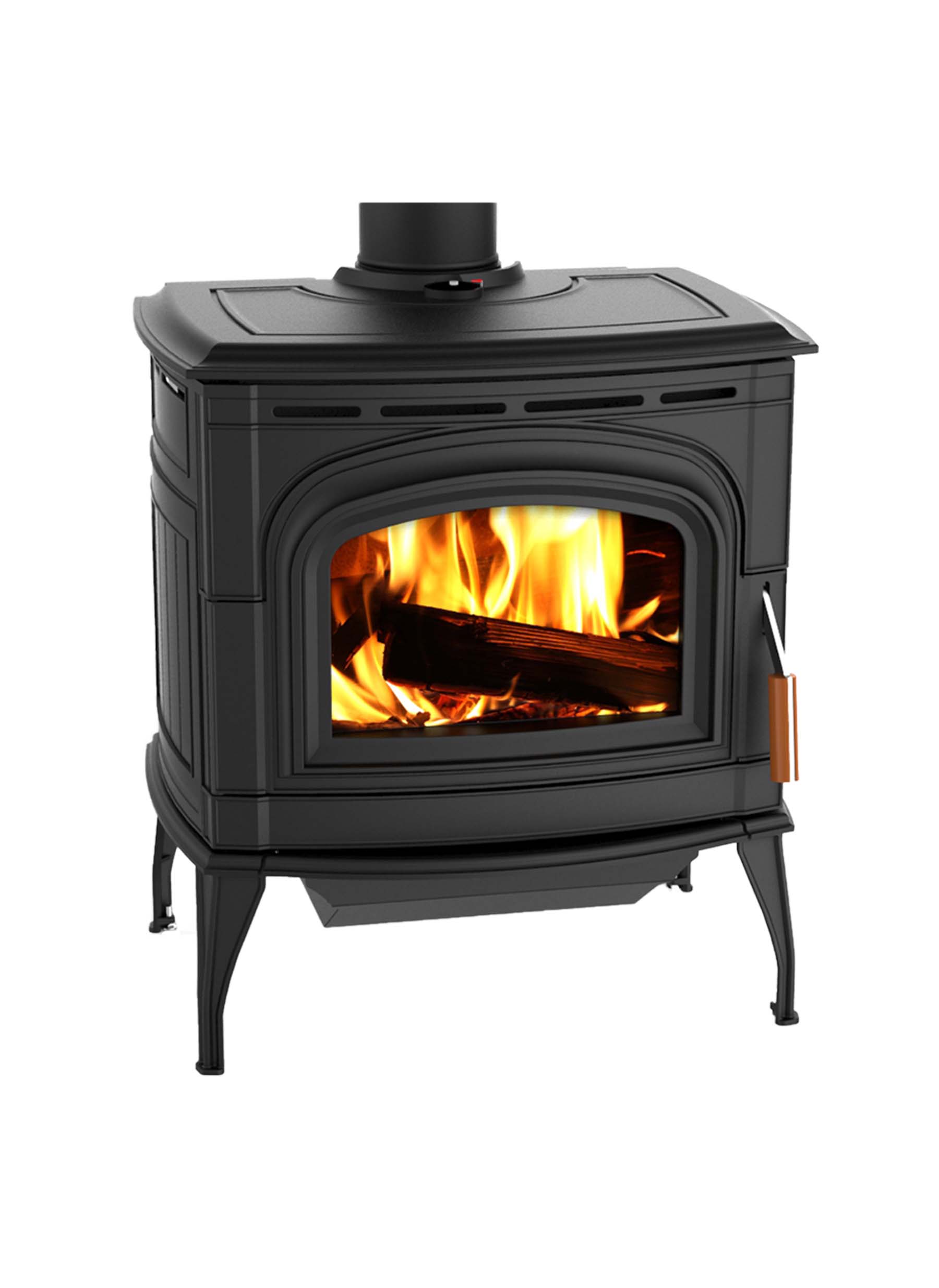Hi all,
My wife and I bought a house in Northeast Tennessee this year (west of Johnson City). The home has a ventless gas insert, which both of us would prefer to do away with. I know there are lots of people who say that they're fine, but I just can't see how it's a good idea... The existing insert is also surrounded by a floor-to-ceiling stone/tile facade, which my wife isn't keen on. Here's a photo:
![[Hearth.com] Stove Selection [Hearth.com] Stove Selection](https://www.hearth.com/talk/data/attachments/329/329878-19c7f213d6fbdb31c6cd0d50678d505c.jpg?hash=siTr4NGTug)
And, here is the floorplan of the house. It's about 2,100 square feet, and there is an unfinished basement underneath. There is an attic above as well, which is also unfinished and has about 12" of blow-in insulation. The home was built in 2007. The ceiling height in the family room is about 11 feet.
![[Hearth.com] Stove Selection [Hearth.com] Stove Selection](https://www.hearth.com/talk/data/attachments/329/329880-992fed31024235052d56b9be45a57020.jpg?hash=7GZmqq8Lj1)
We are thinking of removing the existing insert as well as the entire facade and installing a wood stove in the corner instead. I have a number of questions, but the foremost one is which stove to select. Being in NE TN, it gets cold in the winter, but not cold like some of you guys get! This will be our first winter here so I'm not totally sure what to expect - but I believe it got down to 0-ish a few times last winter as an overnight low. I imagine we will have a decently long shoulder season as well. That said, I would like to have the ability to heat the house with the stove alone, even though we do have a heat pump.
I would like the ability to load the stove up before bed and come out and still have enough going in the stove to feed more splits in and keep the fire going, rather than having to re-light. I've been looking at the Jotul F445 and F500, as well as the Blaze King Ashford 20/30 and Sirocco 20/30. I like that the BKs are thermostat stoves, and of course the long published burn times. Given our relatively mild climate, though, I can't help but wonder how much of the "burn time" discussions that I have read on here relate more to those of you in harsher winter climates, and whether or not I would realistically run into issues with the non-BK stoves in that regard.
Given the home size, stove location, and geographic location, what size stove would you guys be looking at installing? I have a tendency to go big or go home, but I don't want to roast my socks off either.
Thanks in advance for your advice and wisdom!
My wife and I bought a house in Northeast Tennessee this year (west of Johnson City). The home has a ventless gas insert, which both of us would prefer to do away with. I know there are lots of people who say that they're fine, but I just can't see how it's a good idea... The existing insert is also surrounded by a floor-to-ceiling stone/tile facade, which my wife isn't keen on. Here's a photo:
![[Hearth.com] Stove Selection [Hearth.com] Stove Selection](https://www.hearth.com/talk/data/attachments/329/329878-19c7f213d6fbdb31c6cd0d50678d505c.jpg?hash=siTr4NGTug)
And, here is the floorplan of the house. It's about 2,100 square feet, and there is an unfinished basement underneath. There is an attic above as well, which is also unfinished and has about 12" of blow-in insulation. The home was built in 2007. The ceiling height in the family room is about 11 feet.
![[Hearth.com] Stove Selection [Hearth.com] Stove Selection](https://www.hearth.com/talk/data/attachments/329/329880-992fed31024235052d56b9be45a57020.jpg?hash=7GZmqq8Lj1)
We are thinking of removing the existing insert as well as the entire facade and installing a wood stove in the corner instead. I have a number of questions, but the foremost one is which stove to select. Being in NE TN, it gets cold in the winter, but not cold like some of you guys get! This will be our first winter here so I'm not totally sure what to expect - but I believe it got down to 0-ish a few times last winter as an overnight low. I imagine we will have a decently long shoulder season as well. That said, I would like to have the ability to heat the house with the stove alone, even though we do have a heat pump.
I would like the ability to load the stove up before bed and come out and still have enough going in the stove to feed more splits in and keep the fire going, rather than having to re-light. I've been looking at the Jotul F445 and F500, as well as the Blaze King Ashford 20/30 and Sirocco 20/30. I like that the BKs are thermostat stoves, and of course the long published burn times. Given our relatively mild climate, though, I can't help but wonder how much of the "burn time" discussions that I have read on here relate more to those of you in harsher winter climates, and whether or not I would realistically run into issues with the non-BK stoves in that regard.
Given the home size, stove location, and geographic location, what size stove would you guys be looking at installing? I have a tendency to go big or go home, but I don't want to roast my socks off either.
Thanks in advance for your advice and wisdom!


![[Hearth.com] Stove Selection](/talk/data/attachments/330/330917-e33f857d26e8193d0e3c9b0cc30d3c80.jpg?hash=kikXrHMop2)

